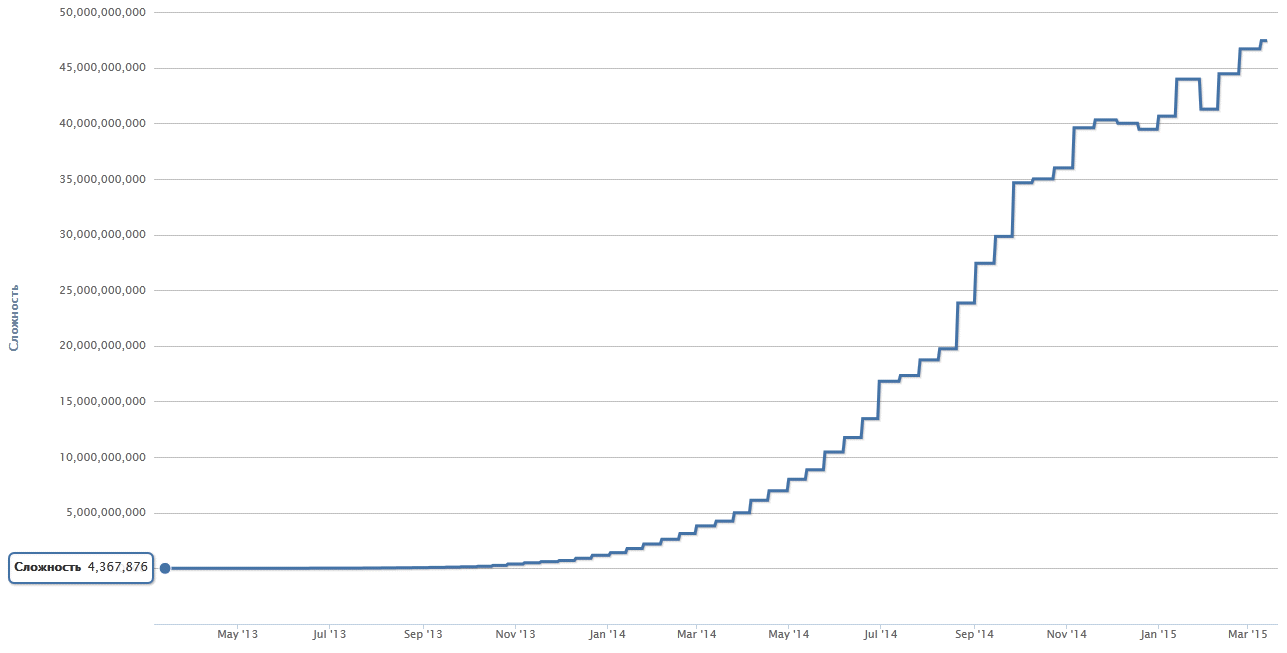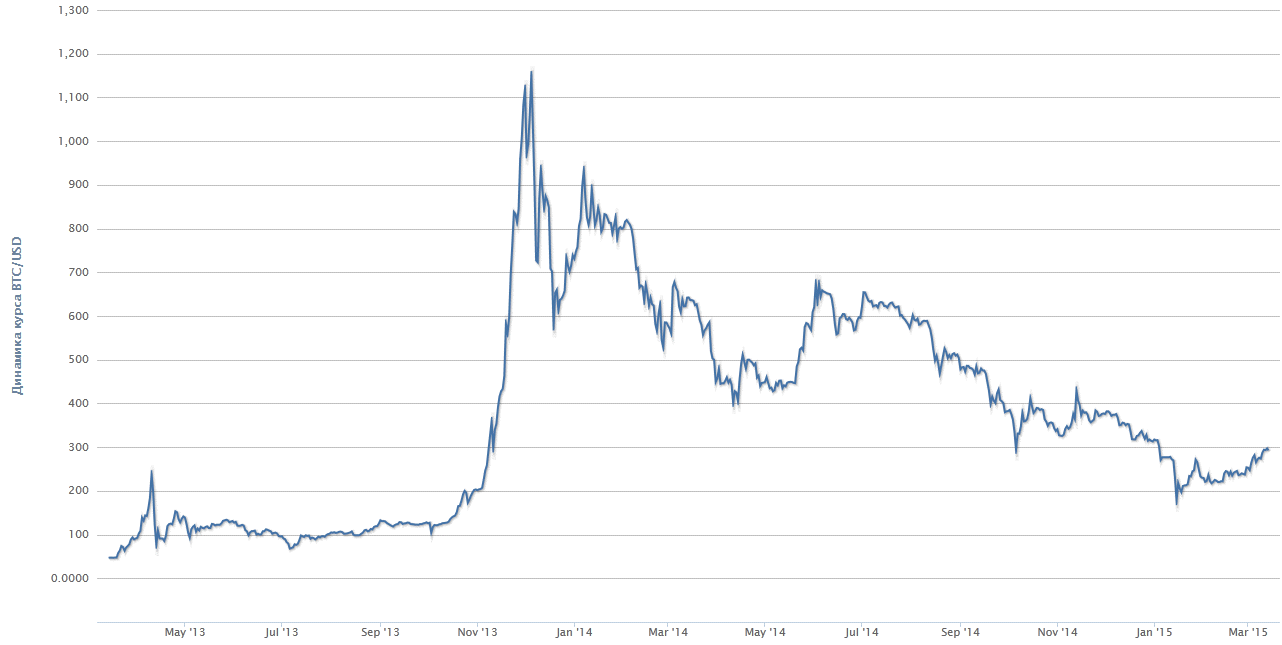If you are reading this article, it is easy to guess that your interest in the loudest innovation of the financial world in recent years – cryptocurrencies, and first of all bitcoin – brought you here. Let’s see what bitcoin is and why there is so much talk about it. And not only in social networks and on forums, but also in central banks, special committees and governments of many countries of the world. It’s easy to join the community and start using your new digital money .
The term “cryptocurrency” is a direct translation of the English “cryptocurrency”, that is, a virtual currency protected by cryptography. First of all, cryptocurrency is a fast and reliable payment and money transfer system based on the latest technologies and not controlled by any government.
Bitcoin, Bitcoin, Bitcoin, BTC
The word “Bitcoin” is formed in English from “bit” – the minimum unit of information and “coin” – a coin. Following the rules of the English-Russian transcription , this term should be translated into Russian as “Bitcoin” . This spelling is used by the official website bitcoin.org , Bitcoin Wiki Wikipedia , Central Bank of the Russian Federation and other resources. Until now, the widespread version of ” Bitcoin ” originated from the first translation of the wallet interface based on direct transliteration.
The most common abbreviation for Bitcoin – BTC – is usually used in exchange trading and financial articles. The Cyrillic acronym, BTK , has not taken root in the community.
What is Bitcoin? It is the first and most famous of the many cryptocurrencies , the symbol and flagship of the cryptocurrency world, as well as the monetary unit of the same name that circulates within the system. Further in this article, we will tell you how cryptocurrency works, using the example of Bitcoin.
What is the most significant economic feature of Bitcoin? It is a digital commodity with a limited supply, its algorithm is designed in such a way that a maximum of 21 million units can exist in the system, each of which is also called “bitcoin”. The emission schedule is determined by software and is known in advance. After the last coins have been generated, their number will not change. Bitcoin’s economy is built on a deflationary model that has raised concerns among many economists. But they find no practical justification.
In fact, such a relatively small number of coins is quite enough for everyday calculations, since 1 bitcoin is divided into 100,000,000 pieces, which are called “satoshi”, in honor of the creator of the system. Sometimes the terms “millibitcoin” (mBTC, one thousandth) and “microbitcoin” (uBTC, one millionth) are used.


Bitcoin emission schedule
Bitcoin began with a concept – a document published on October 31, 2008 by a mysterious person working under the pseudonym Satoshi Nakamoto. Who is the real developer, one person or a group, is still unknown, despite numerous journalistic investigations. Since January 3, 2009, the practical implementation of this concept in the program code begins. At 18:45 GMT (22:45 Moscow time) on 01/03/2009 , the first block in the network was generated, the so-called genesis block. This day is considered the birthday of Bitcoin and is celebrated by the community around the world.
What is the difference?
Features of bitcoin that distinguish it from other types of electronic and paper money:
-
- Decentralization and availability. The Bitcoin network is a combination of all client programs (wallets) and a distributed blockchain database (blockchain, blockchain) that is stored on every computer where the full client is installed. The blockchain is a completely open for viewing register of all transactions in the system. Connection to this registry is possible using your own wallet or the web interface of special monitoring services from anywhere in the world, without passwords or any other authorization.
- Complete transparency of calculations. The history of any payment can (theoretically) be traced back to the very moment of coin generation and it will never be deleted from the database. Knowing only the Bitcoin address, you can at any time find out all transactions received by this address or sent from it.
-
- Free choice of the degree of participation. You can install the official Bitcoin Core client, which stores the entire transaction history. If you do not need autonomous operation and blockchain analysis, you can install one of the lightweight or mobile wallets, which require significantly less resources. If you are only going to pay for small purchases on the way or just try the technology, a mobile or online wallet will be enough. For maximum security, there are hardware wallets with additional degrees of protection.
- Lack of network control. Since the blockchain is a distributed base, created on the basis of peers, the Bitcoin network does not have a controlling center that can freeze any account, change the number of monetary units in the system, block or cancel a payment. There are small commissions , the amount of which is almost imperceptible in practice and does not depend on the transfer amount. Transactions in the system are non-refundable, just like cash transactions.
- Possibility of anonymous payments. Bitcoin provides a convenient and, if desired, anonymous means of payment, the address – the account number in the system – is not associated with its owner, and no documents are required to open it. This is a string of about 34 characters in length from numbers and letters of the Latin alphabet in different case. The address looks like this: 1BQ9qza7fn9snSCyJQB3ZcN46biBtkt4ee. It can be converted into a QR code or other two-dimensional code for ease of calculations, and can also be transmitted as is.
- Network Support Award. New bitcoins come into circulation as a reward for those who carry out the computing operations that ensure the transfer of transactions. The calculations are called ” mining “, from the English word “mining” – the extraction of minerals. Those who do this computation are called “miners.” Their task is to record in one block all transactions that have occurred in the network since the previous release (on average 10 minutes), and “seal” it with a complex cryptographic signature. The next block is calculated based on the signature of the previous one, which guarantees the irreversibility of transactions, and also prevents “fake” banknotes from entering the system. This is how the blocks are interconnected, forming a chain – the blockchain.
- Unrivaled protection. With each new block, the computing power required for miners to calculate the entire chain from scratch grows, and the longer the chain, the more difficult it is to “hack” the network. Today, Bitcoin is a decentralized computing network, the performance of which is more than 8 times (in terms of the speed of calculating SHA-256 hashes ) exceeding the total computing power of all supercomputers in the world. Seizing even limited control over it requires huge resources and costs of hundreds of millions of dollars.


Bitcoin mining difficulty chart
Cryptocurrencies in life
Initially, bitcoins were in demand only among mathematicians, cryptographers, as well as people who are very keen on computer and network technologies. Back then, bitcoins were simply proof that electronic money was possible without guaranteed collateral. Rather, they can be called an electronic analogue of gold – like gold, bitcoin is difficult to mine, its quantity is limited, and the labor intensity of mining only increases over time. In the fall of 2009, 1 BTC could already be bought for 0.8 cents. Since then, the history of exchange trading began, in which there were many ups and downs, high-profile bankruptcies and successful projects. Bitcoin trades were initially rare and sporadic. The first and most famous was the purchase of two pizzas for 10,000 BTC, which took place in May 2010 (at that time the equivalent of $ 25). Since then, the stock exchange rate has risen above $ 1000 and fell back to $ 150, but that’s another story …


Bitcoin exchange rate chart
At an early stage of Bitcoin’s development, its popularity was created by the Japanese exchange MtGox and the illegal online marketplace Silk Road. Now Bitcoin does not depend on one exchange or pool, and law enforcement officers have learned to deal with illegal activities in cryptocurrencies in the same way as with other economic crimes.
Today, Bitcoin is a modern digital currency that is perfect for payments on the Internet. More and more stores are accepting Bitcoin as one of their payment options. The simplicity and convenience of opening a bitcoin account are attracting more and more people from developing countries to this digital currency. In many countries in Asia and Africa, the Bitcoin network replaces hard-to-reach and expensive banking services. In developed countries, POS terminals for Bitcoin payments in stores, ATMs for cryptocurrencies, and hardware wallets for Bitcoin have become widespread. There has been a real boom in startups that use Bitcoin. It turned out that blockchain technology is suitable not only for financial calculations, but also for distributed storage of data on various assets. There are already several thousand other cryptocurrencies created from Bitcoin or from scratch.
A little about politics
The attitude of states towards cryptocurrencies is very different. There is both a clear encouragement – in Japan, Australia, Germany, the Netherlands, New Zealand, Singapore, some US states , various offshores, and serious restrictions that can outgrow and prohibitive measures – these are Indonesia, China, Russia , Ukraine. Only hot Latin Americans in Bolivia and Ecuador decided on direct bans.
Many governments have chosen the line of observation with cautious optimism – most of the European Union countries, the United Kingdom and Switzerland, the US federal government, Canada and the countries of Southeast Asia. In most developed countries, financial legislation is being adapted to regulate cryptocurrencies, and this issue will soon be resolved.

